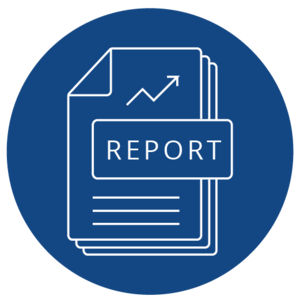Monitor
PHASE 4: Monitoring Food Fortification & Flour Fortification Compliance & Impact
Support collection, sharing, and acting upon monitoring data
Monitoring food fortification helps decision-makers determine if a fortification program is working. Effective monitoring ensures that millers adequately fortify foods, governments regulate and enforce standards, and problems are corrected. We help countries improve fortification monitoring when grains are industrially fortified, but fortification standards are unregulated or health impact data is unavailable.
If quality measures are followed routinely, results are analyzed, and problems are corrected, fortification will have the maximum health impact. The process includes food control and program monitoring.
Food Control Includes:
Monitoring by the private sector: Flour millers use procedures such as recording the use of premix and conducting iron spot tests to provide quality checks.
Monitoring by the public sector:
Monitoring food processing facilities: Government authorities (such as food safety inspectors) audit mills and occasionally test products at mills to validate the audits in order to ensure that fortification meets the country’s specifications.
Monitoring imports: Customs authorities and food inspectors document whether imported flour and rice meet the country’s standards.
Monitoring commercial markets: Food safety inspectors check retail stores to be sure the fortified product is in the marketplace.
Program Monitoring Includes:
- Consumption: Household surveys confirm that fortified rice or food made with fortified flour is purchased, people are eating it, and that enough is eaten to have the desired effect.
- Impact: If products are fortified at recommended nutrient levels and at least 80% of the population is consuming the products, then countries may want to consider an impact evaluation of biological and clinical outcomes. Data from routine Demographic and Health Surveys or birth defect surveillance programs can indicate a fortification program’s impact.
Why Monitoring Is Important
Mandatory programs that are adequately monitored:
Enable regulatory authorities to monitor fortification for compliance with the standard. This helps ensure quality.
Create a business environment where all millers must fortify and therefore incur similar costs. This helps secure the sustainability of the program.
Distribute the health benefits across the entire population consuming foods made with grains from industrial mills.
Effectively remove non-fortified products from the market.
For More Information:
See this checklist of items that should be included in legislation, standards and monitoring documents produced by countries. The list includes sample language for each item.
Refer to chapter eight of the Guidelines on Food Fortification with Micronutrients published by the World Health Organization and the Food and Agricultural Organization of the United Nations. Or e-mail us at info@FFInetwork.org.


